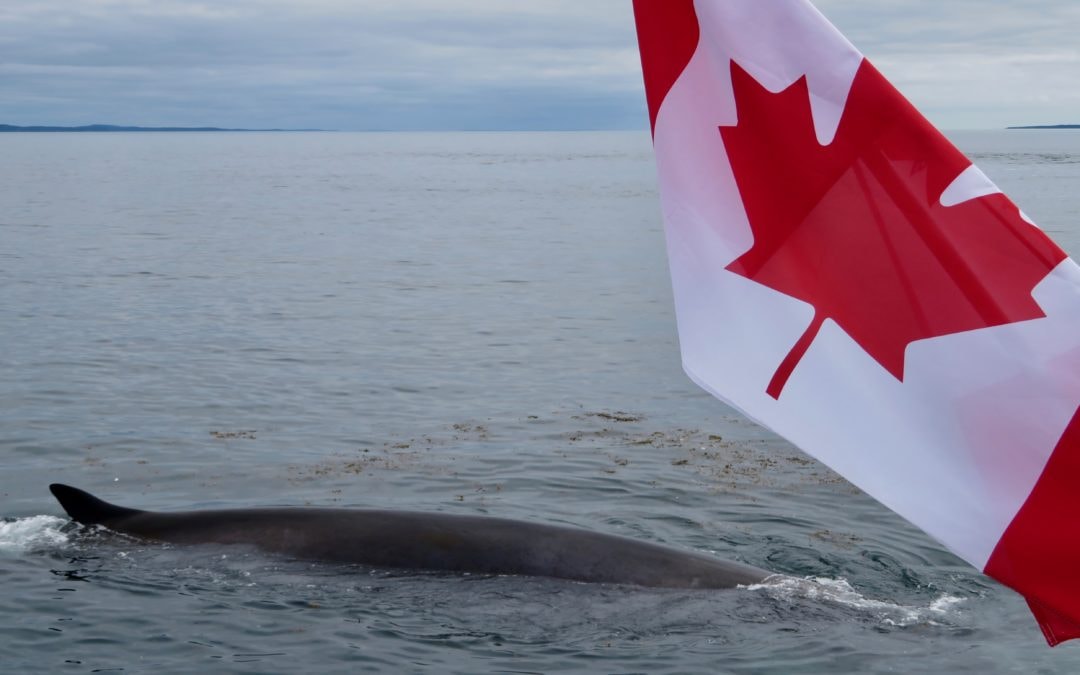I have been struggling to find the words for my annual end of season post. 2020 has been so very hard for many of us and a large part of me just wants to put this year to bed and move on…but with my health keeping me away this season and then the devastating loss of Captain John I have not been able to find the words to say goodbye to our 2020 season but I want to try….
I wasn’t on the boat this year but I talked daily (multiple times everyday to be honest) with my captains and crew and this year wasn’t as easy one. We operated at half capacity due to Covid and for the protection of our passengers and crew we had designated areas on the deck for our passengers to stand and we required everyone to wear a mask. We did have a great season with minke whales, consistently sighted within the Islands although some days required much patience. The biggest difference from the past three years was the lack of almost all life off the Wolves, it was a very quiet season off the archipelago and on the bank. We saw fin whales earlier in the season, mostly off the Bliss shoreline and in Head Harbour Passage. We only documented 3 humpbacks in our part of Fundy this season including an unidentified juvenile whale that was trapped in a herring weir (the young whale found their way out overnight with the help of the fisher lowering the twine and removing a few stakes). Our crew was able to document both Chevron and Cork, 2 very well known humpbacks in our area on many occasions in August and September. And finally, we documented 1 North Atlantic right whale in our area, sighted in Head Harbour Passage on July 21. The young whale was IDed as a female, the 2019 calf of Fenway (#2791).
I don’t want to leave out the rest of the wildlife, it’s not all about whales  There were a few porbeagle shark sightings, a probable white shark off Black Ledge and we saw a few Mola mola (ocean sunfish). There were lots of harbour and grey seals and harbour porpoise to be seen on every trip. And the seabirds, we were able to visit an eaglet on a nest at the start of the season, there were kittiwakes, Boneparte’s gulls, terns, northern gannets, Atlantic puffins and sooty and great shearwaters at varying points in the season. We had some great sightings of jaegers offshore as well as lots of razorbills with their chicks in Head Harbour Passage .
There were a few porbeagle shark sightings, a probable white shark off Black Ledge and we saw a few Mola mola (ocean sunfish). There were lots of harbour and grey seals and harbour porpoise to be seen on every trip. And the seabirds, we were able to visit an eaglet on a nest at the start of the season, there were kittiwakes, Boneparte’s gulls, terns, northern gannets, Atlantic puffins and sooty and great shearwaters at varying points in the season. We had some great sightings of jaegers offshore as well as lots of razorbills with their chicks in Head Harbour Passage .
Rika provided images from every trip she was on the water and I am so very grateful as I was able to share them all with you. Dani and Tracey also shared many images and Claire shared video from a few special sightings including a white-sided dolphin sighting in August in Head Harbour Passage. They all helped so much when I wasn’t able to be there.
Even though I wasn’t able to be on the water this year, with the help of my crew; Rika, Dani, Claire, Tracey and Genny, I was able still able to submit both humpback and right whale research data to Center for Coastal Studies and the Anderson Cabot Center for Ocean Life at the New England Aquarium. Individual movement is important when studying a population especially in the case of the North Atlantic right whale, a critically endangered species with a world wide population of ~350. I am very proud to play a role in this research and so very grateful to my crew for helping this season (and every season) and to Captain Matt and Captain John who have always supported us when we needed to get the “shot”.
I want to conclude this post with a THANK YOU….thank you to all of YOU for the support you have all shown this season, your patience and cooperation with the safety measures on the Quoddy Link and your love and compassion since loosing Captain John in September…none of it has gone unnoticed and we appreciate you all so very much.
I don’t know what 2021 will bring but I hope we can see you all next season and bring you out on the Bay of Fundy,
Stay safe and healthy, take care of each other
Cheers,
Danielle and the crew of Quoddy Link
Quoddy Link Marine
Whale Watching
St. Andrews
New Brunswick
Quoddy Link Marine
Whale Watching
St. Andrews
New Brunswick
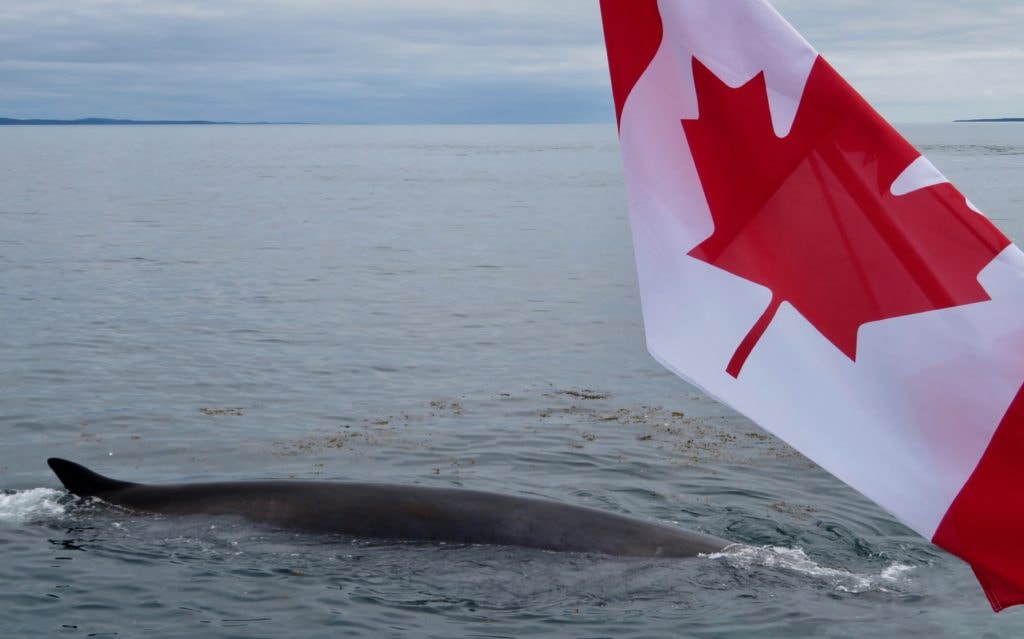
Fin whale off the stern of the Quoddy Link – Image by Rika
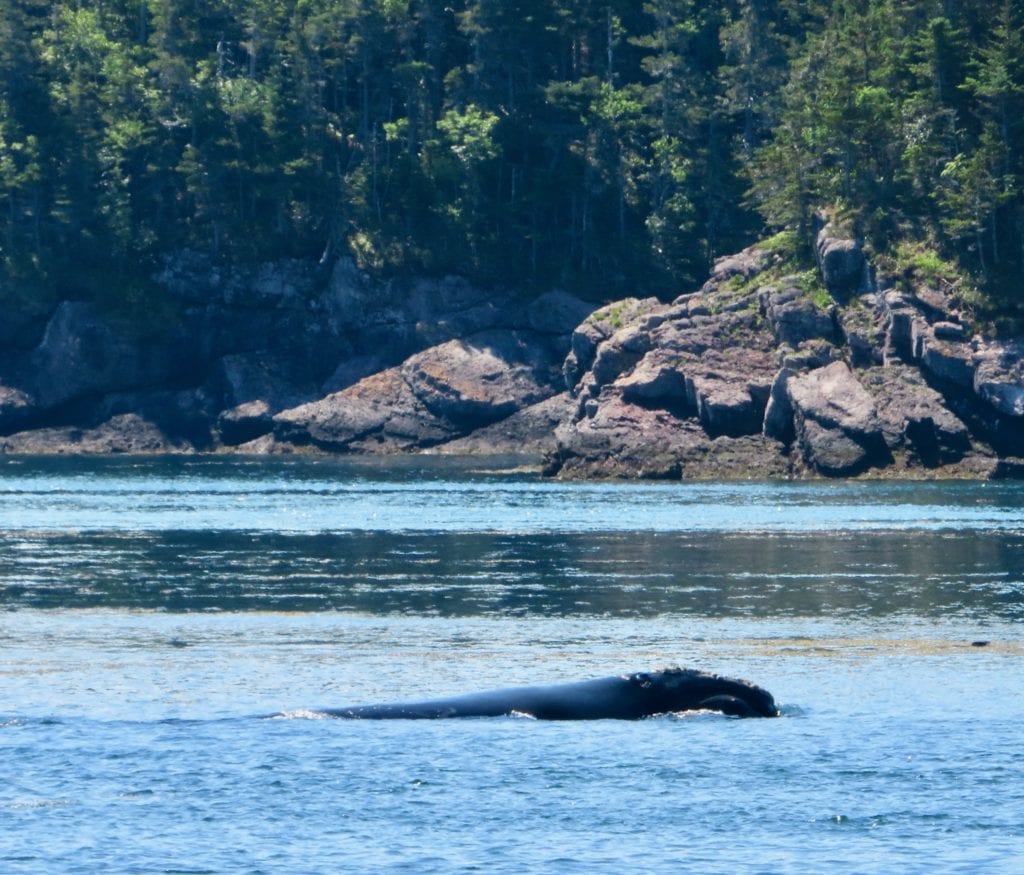
North Atlantic right whale , the 2019 calf of Fenway (#2791) – Image by Rika
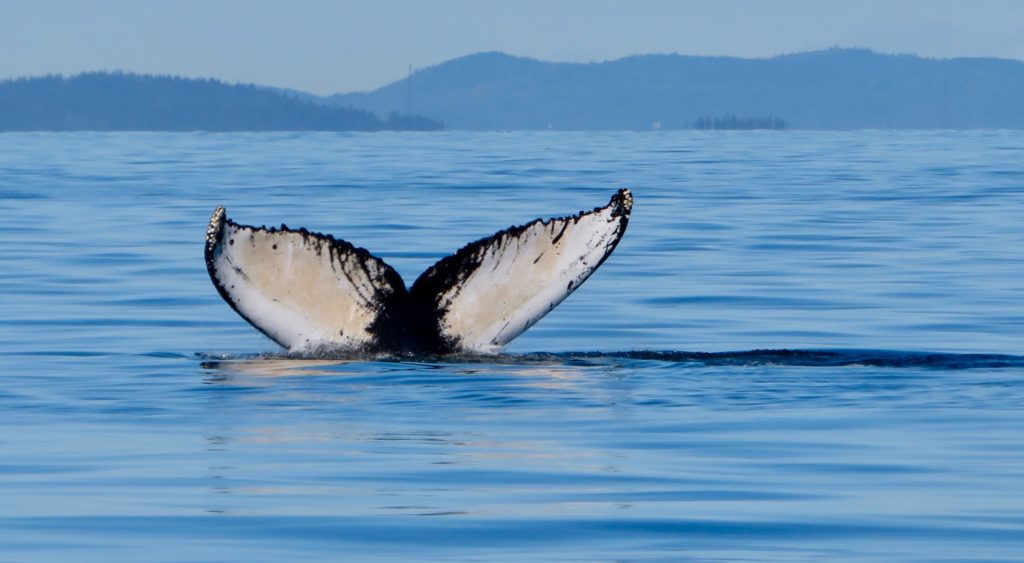
Chevron, a humpback, only one of three humpbacks that we documented this season – Image by Rika
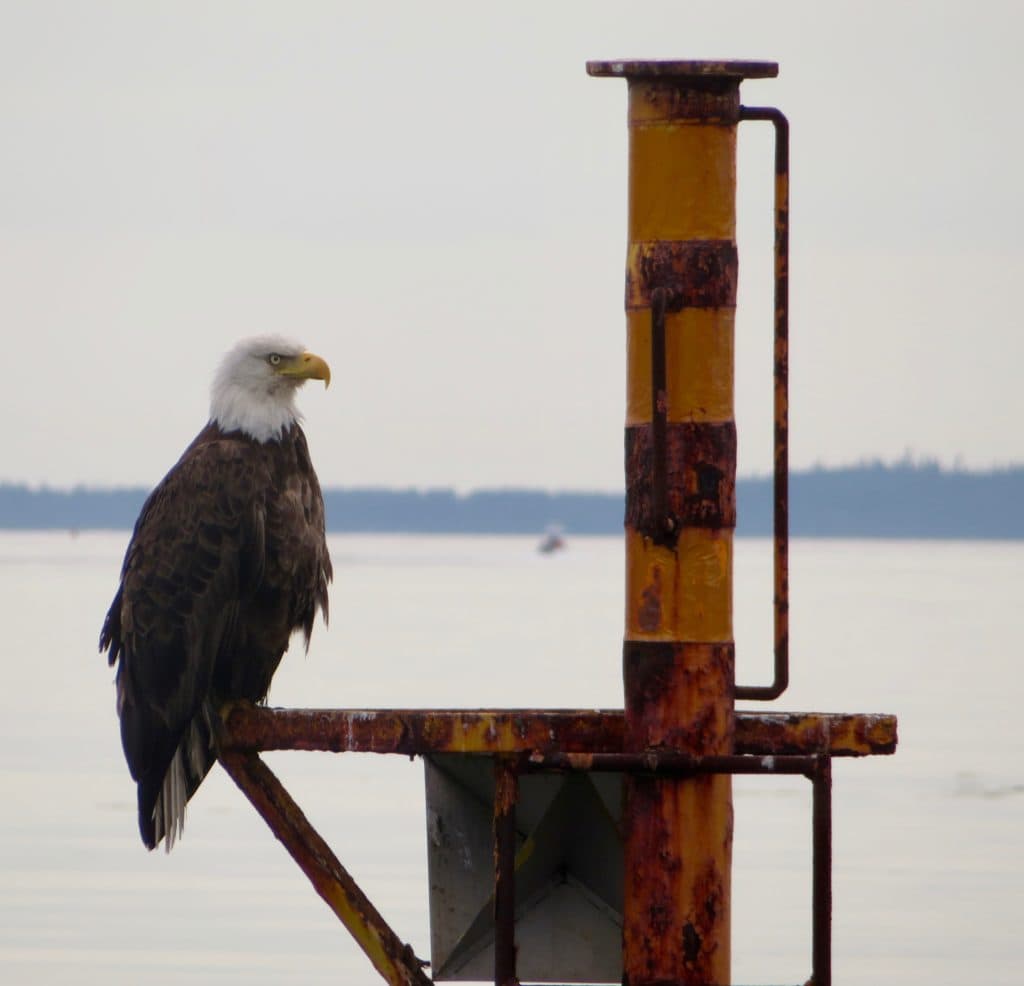
adult bald eagle on a navigational marker – Image by Rika

